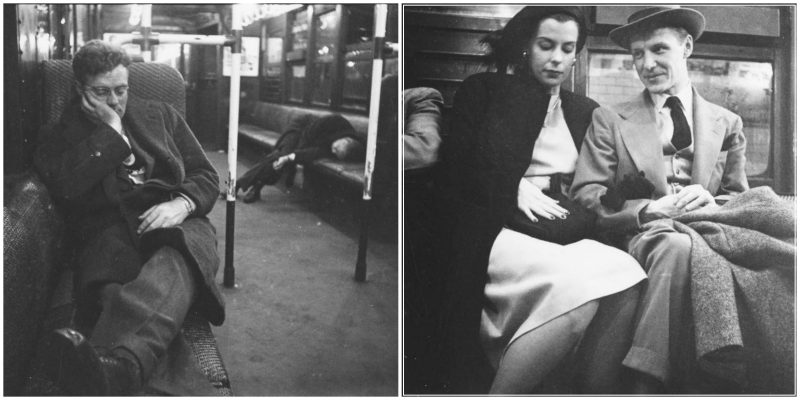Stanley Kubrick (1928 – 1999) started his media career in high school, when he was selected as a school photographer. After school, unable to attend day college, he took evening classes at City College in New York.
He began selling photographs to Look magazine.
Helen O’Brian, head of the magazine’s photography department, recognized his skill.
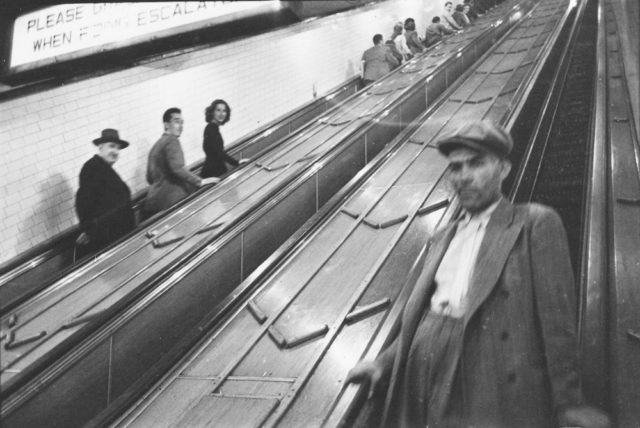
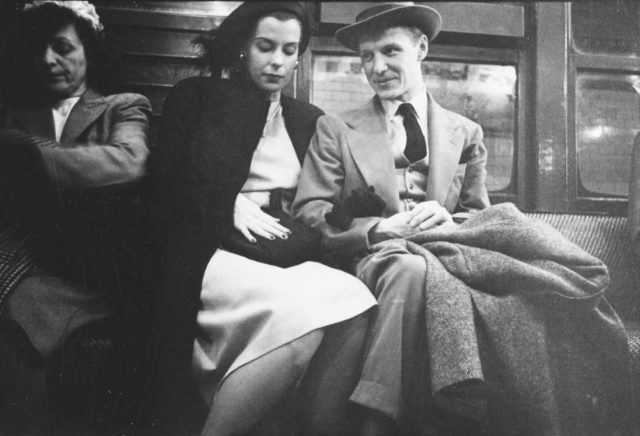
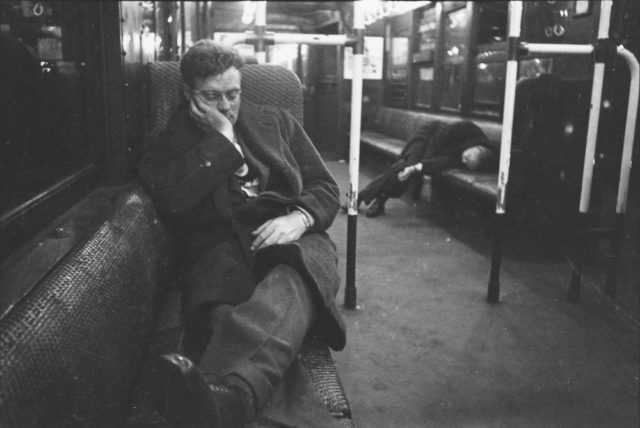
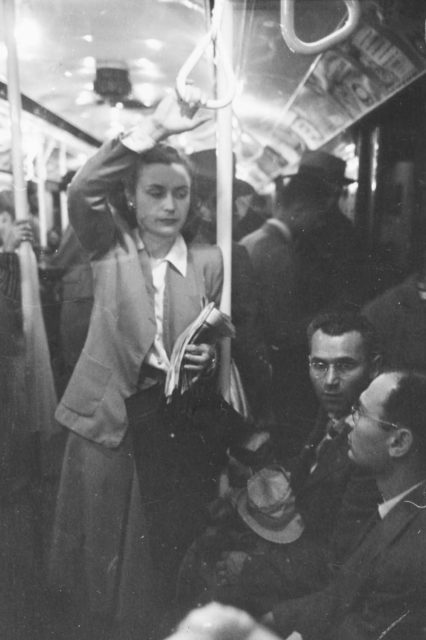
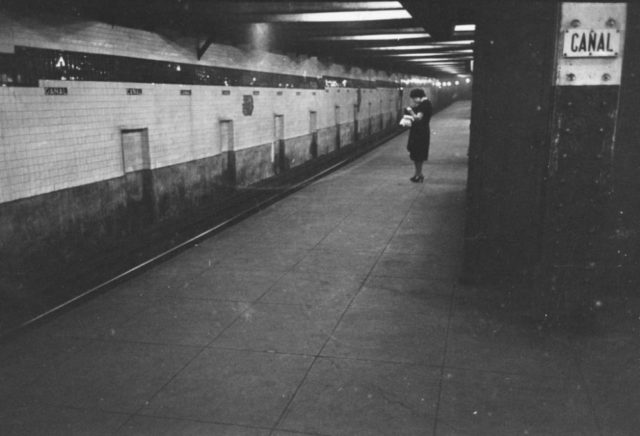
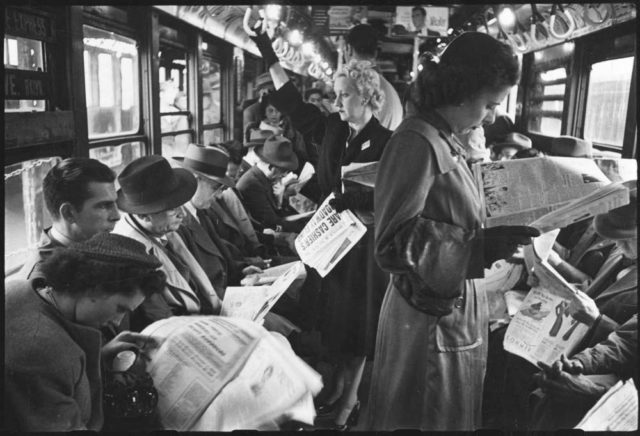
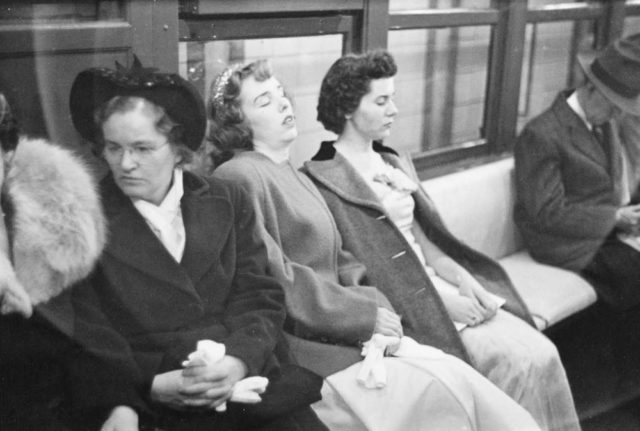
She purchased his first photograph for twenty-five pounds.
He also made money by playing in chess clubs in Manhattan and Washington Square Park.
Look hired Kubrick as a photographer in 1946, first as an apprentice and later as a full time employee.
His colleague G. Warren Schloat, also a new photographer, recalled Kubrick as a ‘quiet fellow…thin, skinny, and kind of poor.’ Nevertheless, Kubrick quickly became known, not only for his photography, but for the manner of his photography, which was oriented towards storytelling.
On April 16, 1946, he published a photo story called A Short Story from a Movie Balcony.
It illustrated a fight between a man and a woman.
In another project he photographed various people waiting in a dentist’s waiting room, capturing their moods and expressions.
Kubrick’s photographic style was natural and entirely un-staged.
He simply recorded moments of everyday life. Life and Love on the New York City Subway is a sublime example of his ability to tell the stories about ordinary folk.
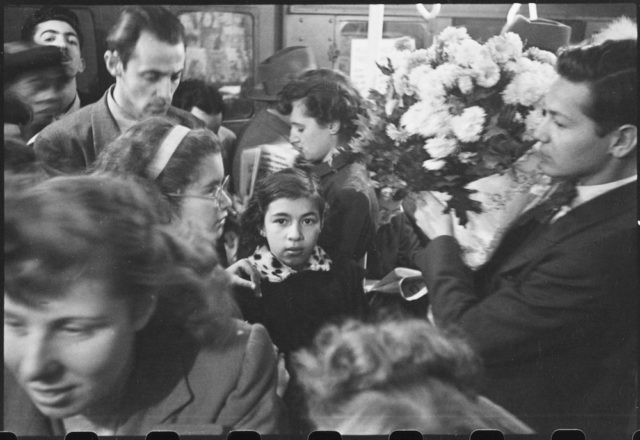
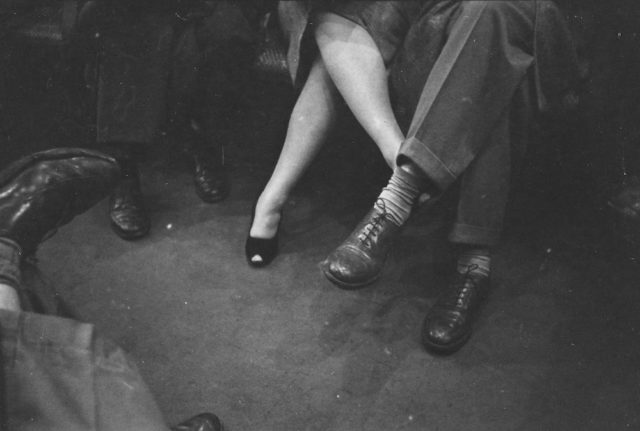
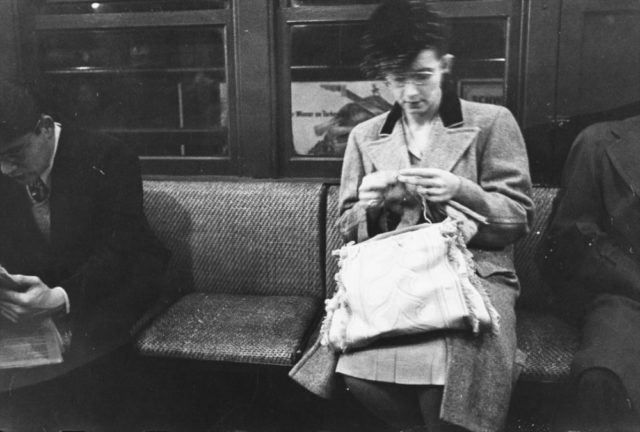
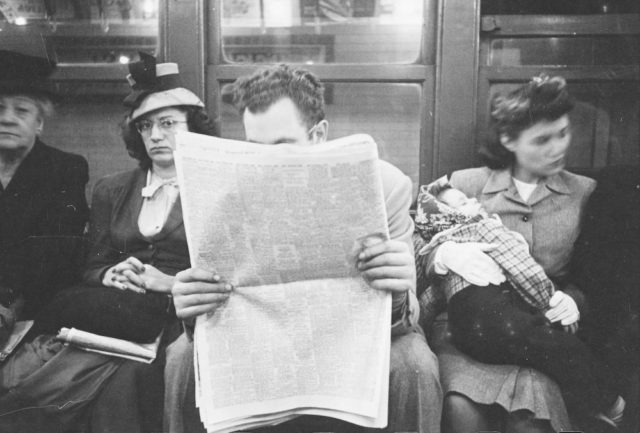
Kubrick preferred to use natural light for his portraits as he believed it captured the atmosphere of his subjects.
In 1948, Kubrick documented the Ringling Bros, Barnum and Bailey Circus in Sarasota, Florida. In 1949, he photographed a boxing match featuring the famed boxer Walter Cartier.
He was a boxing enthusiast himself and superbly captured the events and emotions of contests.
On April 2nd, 1949, Chicago, City of Extremes, was published in Look magazine.
This photographic essay showcased his talent for imagery.
His work, Working Debutante – Betsy von Furstenberg, (1950) featured a portrait of Angel F de Soto by Pablo Picasso.
He was also assigned to photograph musicians such as Frank Sinatra, Errol Garner, George Lewis, Sharkey Bonano, Muggsy Spanier, Alphonse Picou, Oscar Celestin and Phil Napoleon.
